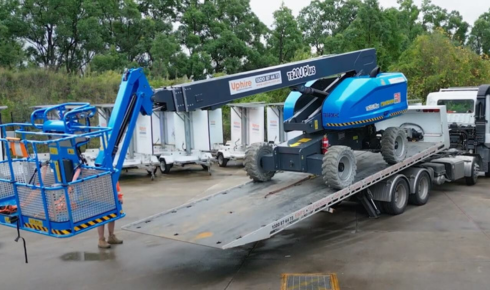In the world of electronics and electrical maintenance, a continuity tester is a vital tool that plays a crucial role in diagnosing faults in circuits. Whether you’re a professional electrician or a DIY enthusiast, understanding how this simple device works can save time, effort, and even prevent potential hazards. Let’s delve into the importance of a continuity tester, how it works, where it is used, and why every toolkit should have one.
What is a Continuity Tester?
A continuity tester is an electronic device used to determine whether a path in an electrical circuit is complete or broken. It works by sending a small current through the wire or component under test and checking if the current returns to the tester. If the circuit is complete (i.e., continuous), the tester gives a visual or audible signal—usually a light or beep. If the circuit is broken, there will be no signal.
The concept is straightforward, but its implications are vast. From checking household wiring to troubleshooting automotive systems, continuity testers are versatile tools that ensure the smooth operation of various electrical systems.
How Does It Work?
The core principle behind a continuity tester is Ohm’s Law. It essentially checks for resistance in a circuit. If the resistance is too high or infinite, it indicates an open circuit. On the other hand, low or zero resistance means the circuit is closed and functioning.
Most continuity testers are battery-powered and consist of two probes connected to a small light or buzzer. When the probes touch two ends of a conductive path, and if there is no break, the circuit is completed, and the tester responds accordingly.
Applications of a Continuity Tester
The use of continuity testers spans across various industries and tasks. Some common applications include:
- Electrical Repairs: Identifying broken wires, faulty connections, or defective switches in home or industrial circuits.
- Automotive Diagnostics: Checking wiring harnesses, fuses, and connectors in vehicles.
- Appliance Maintenance: Verifying internal connections in household appliances like washing machines or refrigerators.
- Electronic Projects: Ensuring circuit boards and components are correctly soldered and connected.
Because of its simplicity and effectiveness, the laser alarm security system is especially useful in pinpointing issues in complex wiring systems without needing to disassemble the entire setup.
Types of Continuity Testers
There are several types of continuity testers available on the market, each suited for different levels of complexity:
- Basic Continuity Tester: A simple, low-cost device with a light or buzzer. Ideal for quick checks.
- Multimeter with Continuity Feature: Most digital multimeters come with a built-in continuity mode, combining multiple functions in one tool.
- Advanced Testers: These may include features like digital displays, tone generation, and more, suitable for professional and industrial use.
Choosing the right type depends on the nature of your work and the level of precision you require.
Benefits of Using a Continuity Tester
- Time-Saving: Quickly identifies faults without complex testing procedures.
- Safety Assurance: Detects potential issues before they become hazards.
- Cost-Effective: Prevents unnecessary replacements or repairs by accurately locating problems.
- User-Friendly: Simple operation makes it accessible even for non-professionals.
Tips for Effective Use
To get the best results with a continuity tester, consider the following tips:
- Ensure the power is off before testing to avoid damaging the tester or getting shocked.
- Clean the probes and testing surfaces for accurate readings.
- Test the tester itself on a known good circuit before use to confirm it’s working properly.
Conclusion
A continuity tester may be small in size, but its value in electrical testing is immense. Whether you’re troubleshooting a dead outlet, verifying a wire connection, or building a circuit, this tool can make your job significantly easier and safer. With options ranging from basic models to multifunctional devices, there’s a continuity tester to suit every need.













